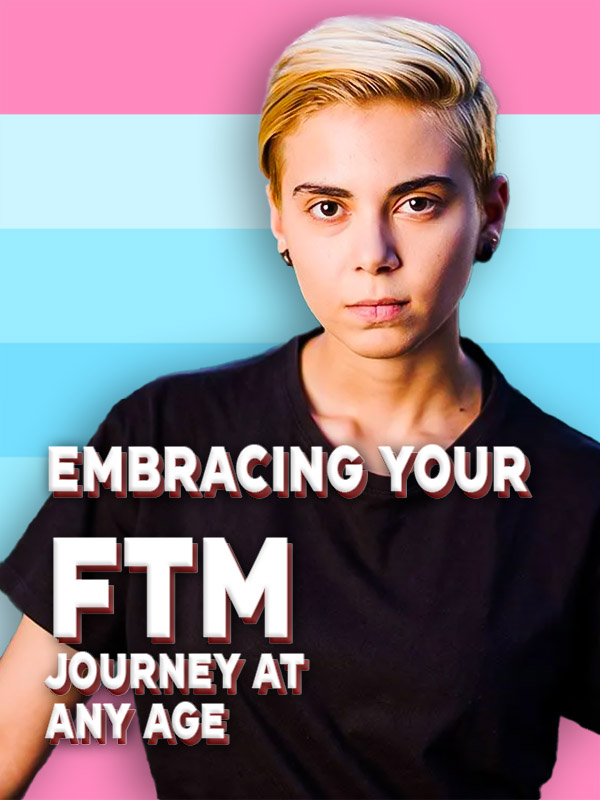Transgender Mastectomy: Understanding the Process
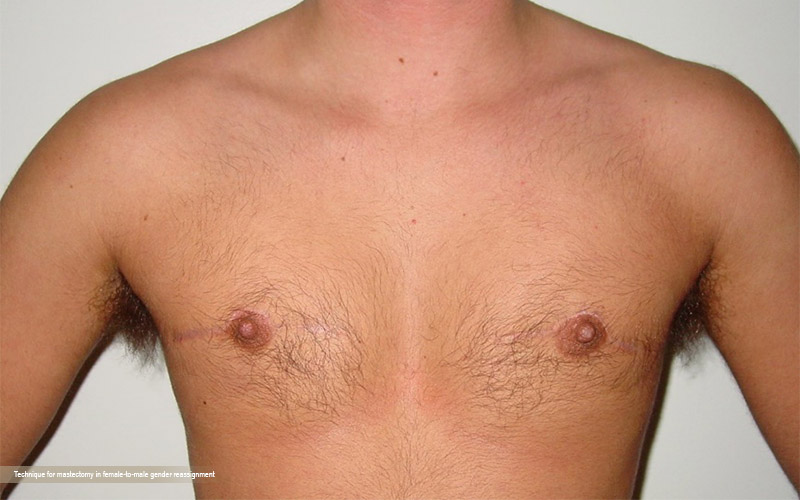
Mastectomy helps us align our gender identity with our physical appearance. This is because, sometimes, we can dress like a man but feel different on the inside. When we are confident in our bodies, it’s easy to interact with others.
Some people might think that a mastectomy is about looks. This is not true, as it is a life-changing experience for trans men. It is a step toward self-acceptance and authenticity. It also reduces dysphoria and improves mental well-being. It also increases confidence levels.
Gender mastectomy is done to remove breast tissue and create a flat chest. During the process, the nipples might be removed and moved to a new position. Read through the article to learn more about the procedure, recovery, and aftercare.
Types of Transgender Mastectomy Procedures
There are different types of top surgery for transgender people. As already mentioned, this surgery removes breast tissue to create a flat chest. Before the surgery, the doctor checks your body. This will help check the best type of surgery.
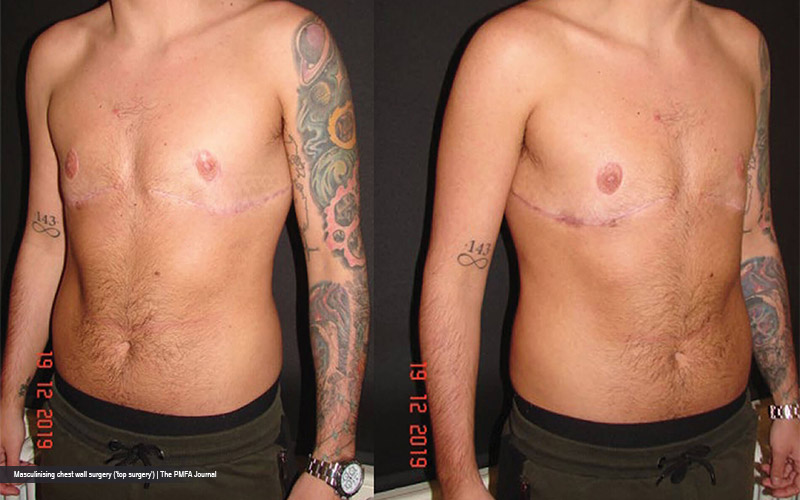
They will consider various factors such as:
- Degree of ptosis (sagging)- They check if your breast is sagging or firm. This will help them determine the amount of breast tissue to remove.
- Breast size- The size of breast tissue will determine the type of surgery you will undergo.
- Skin quality – if you have excess skin, your doctor will recommend a surgery that removes most of it.
- General body physique- The chest anatomy will determine the type of surgery. Surgeons consider the positioning of the clavicle or sternal notch.
Some surgeries leave small scars while others leave bigger ones. Talk to your doctor about it, and if you wish to retain your nipples. We have highlighted a few options to help you narrow it down.
Double Incision Mastectomy with Nipple Grafts
Double incision is the most common type of transgender mastectomy. It works best for individuals with medium or large breasts.
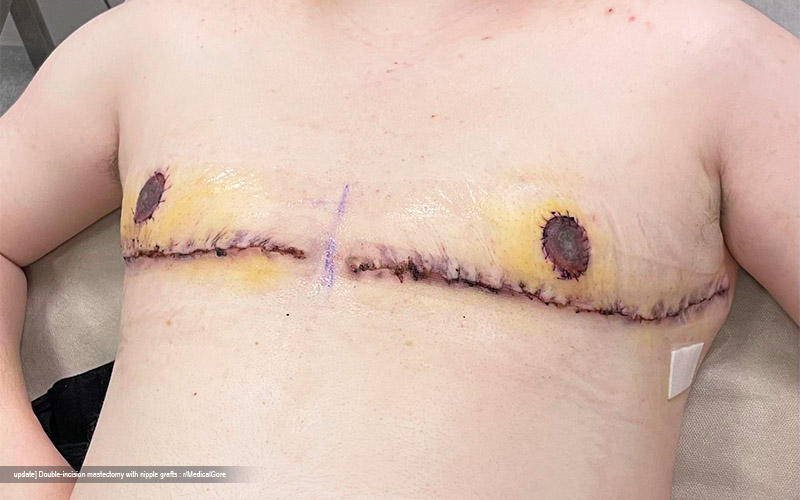
The surgery is done while the patient is asleep (under anesthesia). The surgeon makes cuts at the top and bottom of the pectoral muscles. He then removes all the breast tissues, nipples, and any extra skin.
The surgeon makes new nipples, shapes and puts them in any desired location on the chest. The double incision procedure provides the best outcome due to its flatter chest contour.
Periareolar (Keyhole) Mastectomy
This is best for individuals with a small chest and skin that can stretch well. The surgeon makes two circles around the areola. This surgery takes out only a smaller portion of the breast tissue.
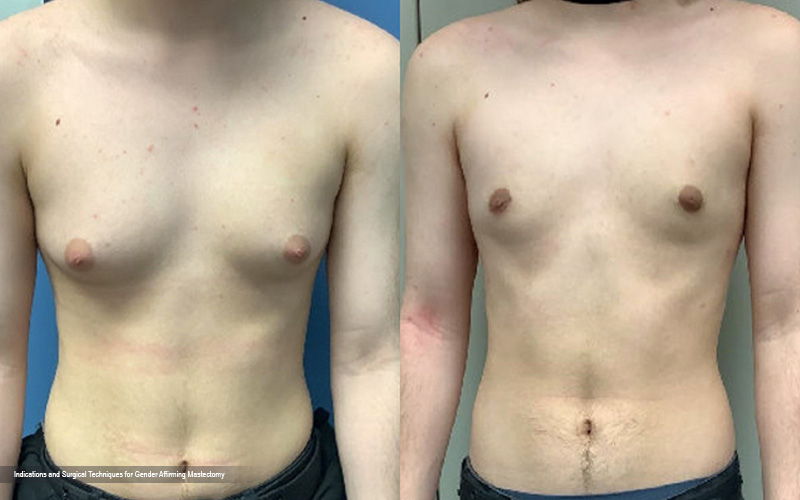
Most patients, after the procedure, still feel sensations around the nipple area. The procedure results in less scarring compared to the double incision.
Inverted-T (T-Anchor) Mastectomy
This procedure involves making three incisions. Two like in the double incisions are made, and one is made going down from the nipple, making a T-shape.
During the surgery, a tissue named “pedicle” is left behind. A pedicle is a tissue that contains enough blood and nerves to keep the nipple alive.
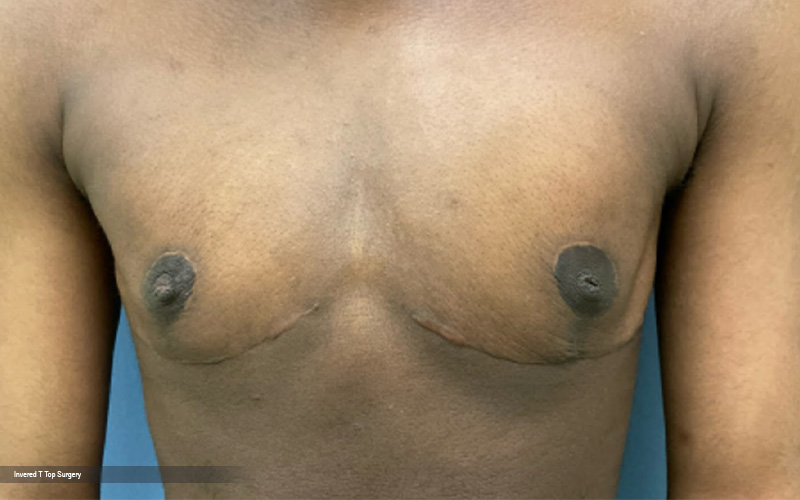
Inverted-T mastectomy helps you keep the highest sensation of the nipples.
Surgical Process
Pre-Surgery Preparation
The journey for a mastectomy procedure begins before you visit the operating room. It begins with learning about types of surgery.
If you want a good surgeon, ask for recommendations from friends or family. Additionally, you can search online for reviews and ratings of a reputable surgical team.

Once you’ve identified the best surgeon and hospital, plan to visit by booking an appointment. Choose a team you will feel confident and secure with.
During consultations, do not be afraid to ask about the different types of surgery. Ask all the questions you may have concerning the surgery. The surgeon will give you instructions on what is required of you.
Before the surgery, your doctor will do a medical checkup. This will help them determine the best type of surgery for you. You should expect a physical check around your chest area and armpits. Also, some blood tests will help the doctor understand you better.
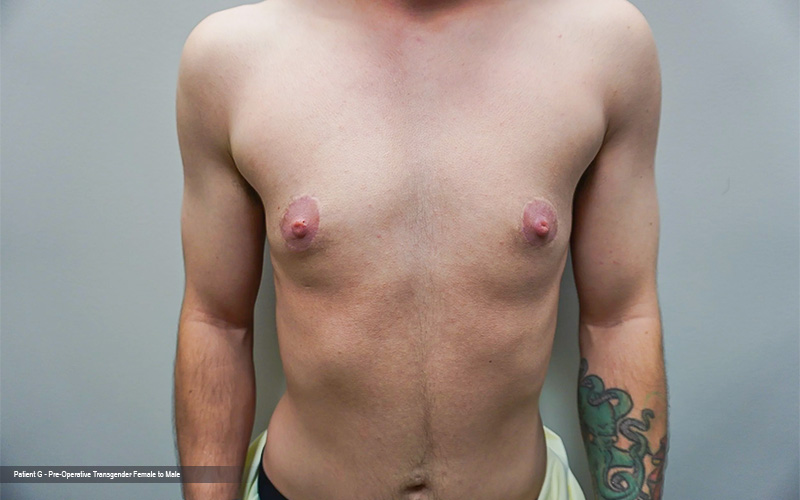
Mental health assessment is critical for this type of surgery. The surgeon must observe the WPATH guidelines before the surgery. It is recommended to present your psychology assessment report to your surgeon.
During Surgery Anesthesia
The process is done as an outpatient procedure and usually takes 3- 4 hours under anaesthesia.
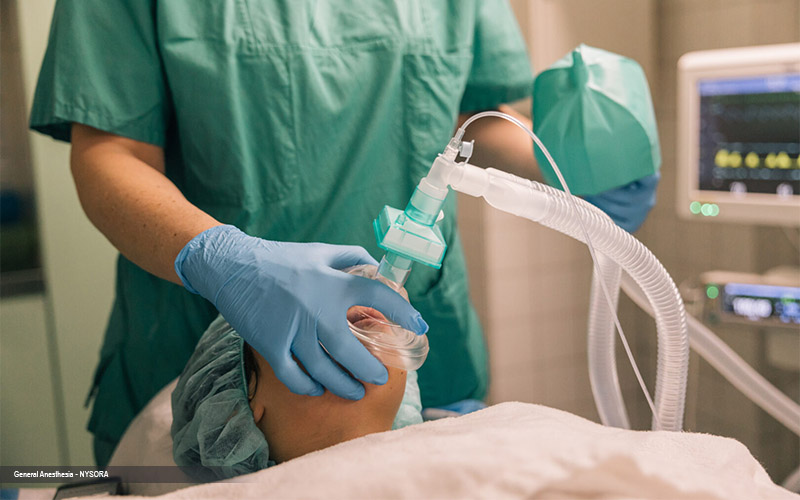
The procedure involves the removal of the breast tissues and excess skin. It also tightens the chest area. Sometimes, the nipples are made smaller, moved, or reshaped. Skin grafts are performed to give the area a more masculine appearance.
Recovery & Aftercare
Plastic surgeons follow the same post-operation procedures for about 4- 6 weeks.
After the procedure, you will go home to heal and rest. Your doctor will give you instructions on how to care for your wounds and drains.
Full healing takes 3-6 months or longer. Patients should take care of their wounds and scars during this period. To manage the scar, you may need scar gel, massage, and silicone sheets.
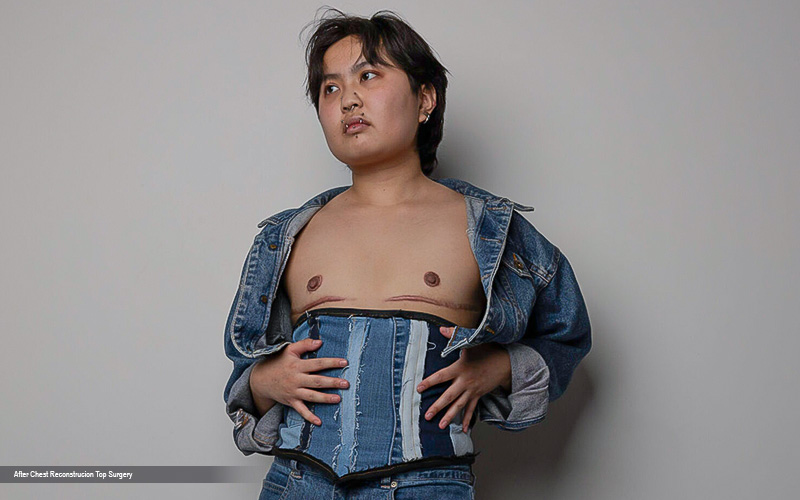
After the surgery, patients are given a pain management plan and must avoid some movements for a few days.
You must follow your doctor’s instructions. This will enable your wound to heal effectively. Go to regular checkups and appointments to monitor tissue healing and scarring.
Risks and Complications
Mastectomy comes with risks and complications.
Common risks include:
- Infections can occur if wounds are not kept clean or if doctors’ instructions are not followed.
- Hematoma – when blood builds up under the skin around the tissues. Patients are instructed to wear a compression vest.
- Bad scarring -If the skin doesn’t heal well.
- Fluid buildup- due to poor drainage and infections.
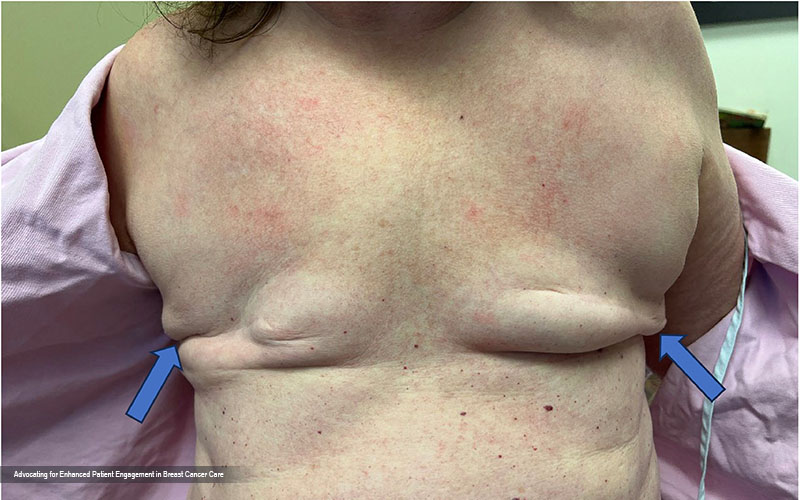
Other complications that could arise are;
- Nipple necrosis- Death of tissues that could lead to permanent damage.
- Complete loss of sensation – Some surgeries cause complete loss of sensation.
- Asymmetry- If the procedure is inaccurate, one side of the chest may look different from the other.
Emotional and Psychological Impact
The process of transgender mastectomy can feel hard and expensive. The good thing is that many people feel much happier afterwards.
Patients no longer suffer from lifetime gender dysphoria. Additionally, you can wear suitable attire and go swimming in public.
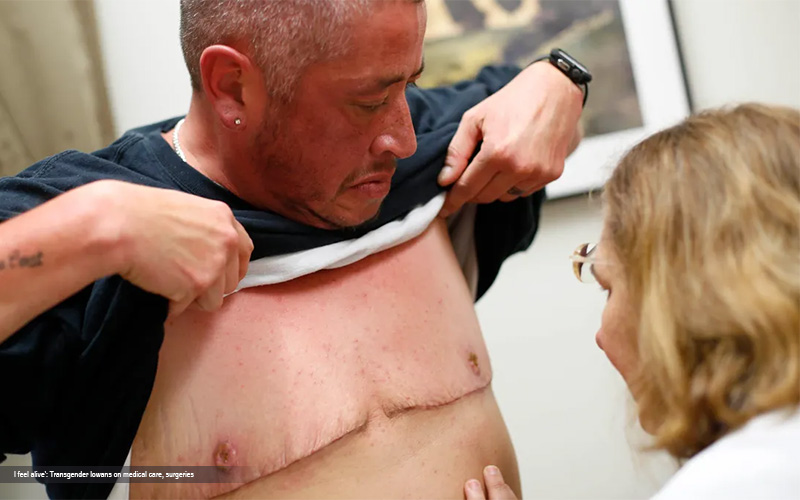
After recovery, patients experience reduced anxiety. Individuals can live complete lives and feel confident with their gender identity.
Cost and Insurance Coverage
The cost of surgeries will vary depending on location and level of expertise. Most surgeries range between $6000 and $20,000.

Factors that affect the cost of surgery include:
- Standard hospital charges
- Type of surgery
- Anaesthesia
- Post-operative supplies
- Medications
It is good to inquire with the hospital about the type of insurance to use.
Sometimes insurers ask for letters from psychologists. Get a detailed psychological analysis as per the WPATH guidelines.
Provide detailed medical notes to your insurance for approval. Inquire about what’s covered and what’s not covered by your insurance company.
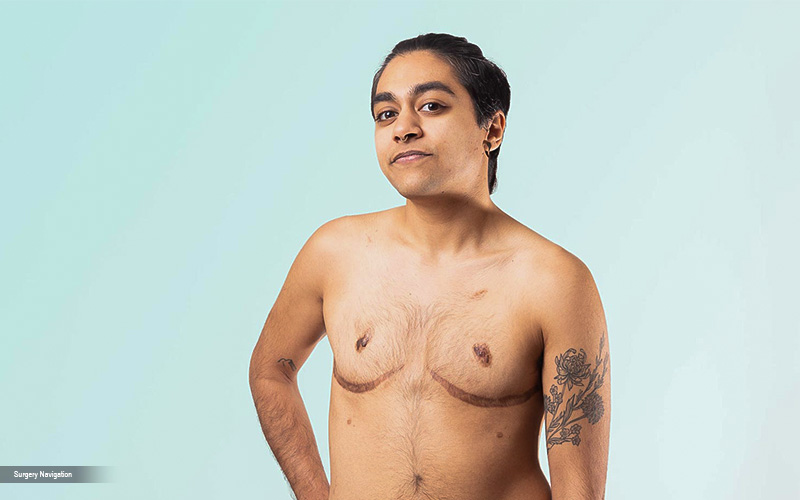
You don’t need to break the bank to have that surgery. Different LGBTQ organizations can finance the procedure. Organisations like Trans Lifeline and Point of Pride provide grants to transgender individuals.
Alternatively, talk to your surgeon about payment plans. We have hospitals that offer affordable third-party funding options.
Choosing a Surgeon
We’ve all seen and heard stories of botched surgeries. Some individuals lose their lives while undergoing surgery.
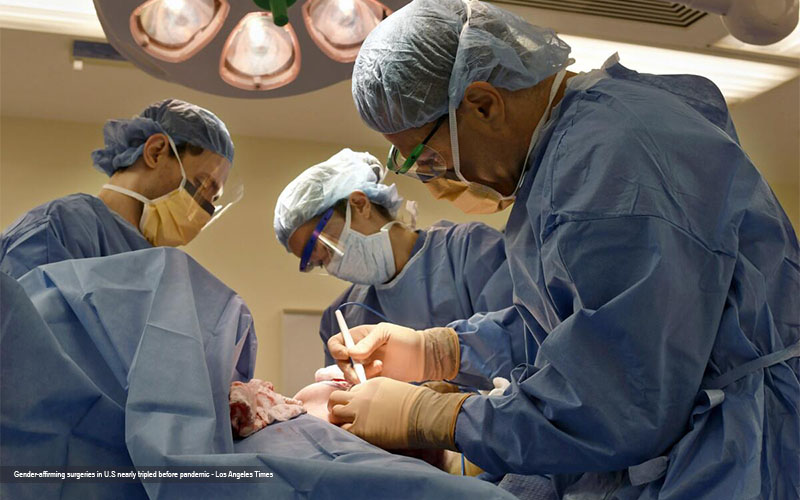
You must choose a surgeon who is:
- Board-certified– Check if your surgeon is certified by a trusted medical board.
- Experienced surgeon – Do not take someone’s word at face value. Ask how many times they have done the surgery.
- Good ratings and reviews– look at before-and-after photos of previous clients. Focus on the outcome of various surgeries performed on different body types.
Before-and-after photos will give you a glimpse of what to expect after recovery.
During consultations, you need to ask a lot of questions. This will help you gauge whether or not your surgeon is qualified for the job.

Do not be afraid to ask questions such as;
- How long will the surgery last?
- How long does recovery take?
- Ask for their experience with transgender mastectomy.
- Enquire about the common risks or any complications.
- Ask about the post-operative period pain and what to expect.
- What type of post-operative care is required
- When to resume your regular daily routine
- What are some of the limitations after the procedure?
Conclusion
The transgender mastectomy process is deeply affirming. And it is a personal step to change your life drastically. As trans men, we constantly worry about our outward appearance. That’s why we use gender affirming tools and surgeries. A good medical team and a strong support system will keep you grounded during the process.

 Basic Packers
Basic Packers Pack & Play
Pack & Play STP
STP






